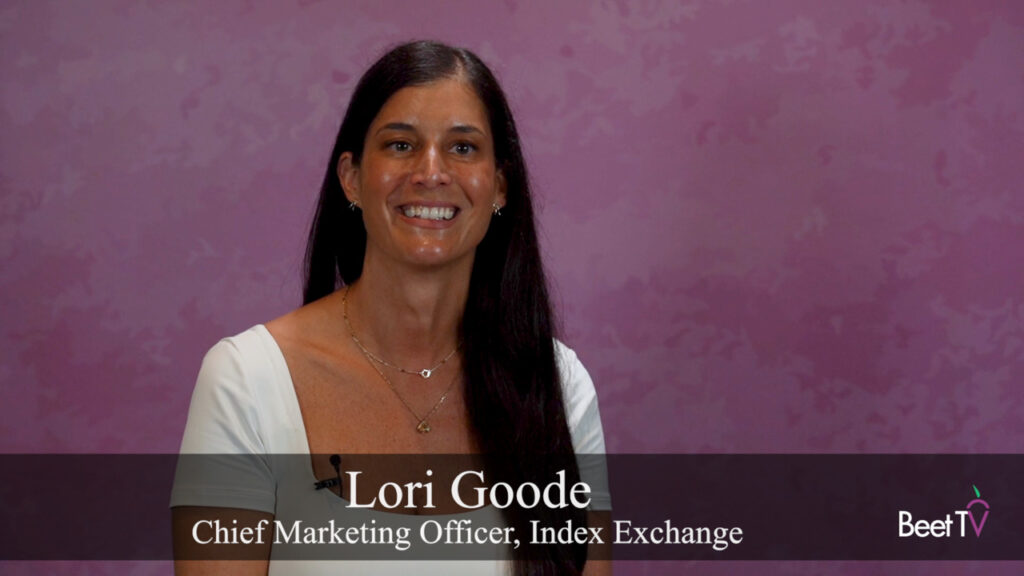More accurate portrayals of girls and women in advertising and media is a “step change” that starts with a mindset, says #SeeHer initiative Co-Founder Shelley Zalis. Add in accountability and measurement via the Gender Equality Score and Zalis sees the birth of a new industry standard.
Zalis partnered with the ANA’s Alliance for Family Entertainment in 2016 to launch #SeeHer to increase the accurate portrayal of women and girls in advertising and media by 20% by 2020, the 100th anniversary of women gaining the right to vote. The #SeeHer Gender Equality Measure module measures ads and programming in the form of a GEM score.
With more than 40 major national advertisers as members, #SeeHer “making a conscious effort now from a creative perspective as well as from media distribution and media placement to be better and to consciously as we think about content make it reflective of who we are today,” Zalis says in this interview with Beet.TV.
Zalis made the transition from market research to the business of equality when she launched The Female Quotient in 2015, of which she is CEO, to advance gender equality in the workplace through collaboration, activating solutions for change and creating measurements for accountability. Residing within The Female Quotient is Girls’ Lounge, which Zalis started in 2013.
As originally executed, GEM asked survey respondents four questions:
• What is the overall opinion of the female presented?
• Is she portrayed respectfully?
• Is she depicted inappropriately?
• Is she seen as a positive role model for women and girls?
Referring to #SeeHer’s GEM score, Zalis says, “Let’s create GEMs, let’s celebrate GEMs, let’s really work hard toward doing more and more of them.”
Beyond gauging viewers’ perceptions, GEM correlates high-scoring ads with advertisers’ campaign results. “We now can prove the business case for when you have high scoring ads with GEM, you also will produce more sales in the marketplace,” Zalis says.
Referring to recent IRI research results from beta testing with Kellogg and its GEM scores, Zalis says the results “are really nothing shy of remarkable. Money does talk. It’s not just the right thing to do for social good, but it also is the right thing to do if you want to see your business grow.”
She then identifies GEM five traditional ad performance metrics—purchase intent, recall, persuasion, relevance and likability—before adding a sixth. “Now we have a measure for equality called GEM.”
You are watching Gender Equality Means Business, a Beet.TV series presented by Meredith Corporation in partnership with #SeeHer. For additional videos from the series, please visit this page.




































